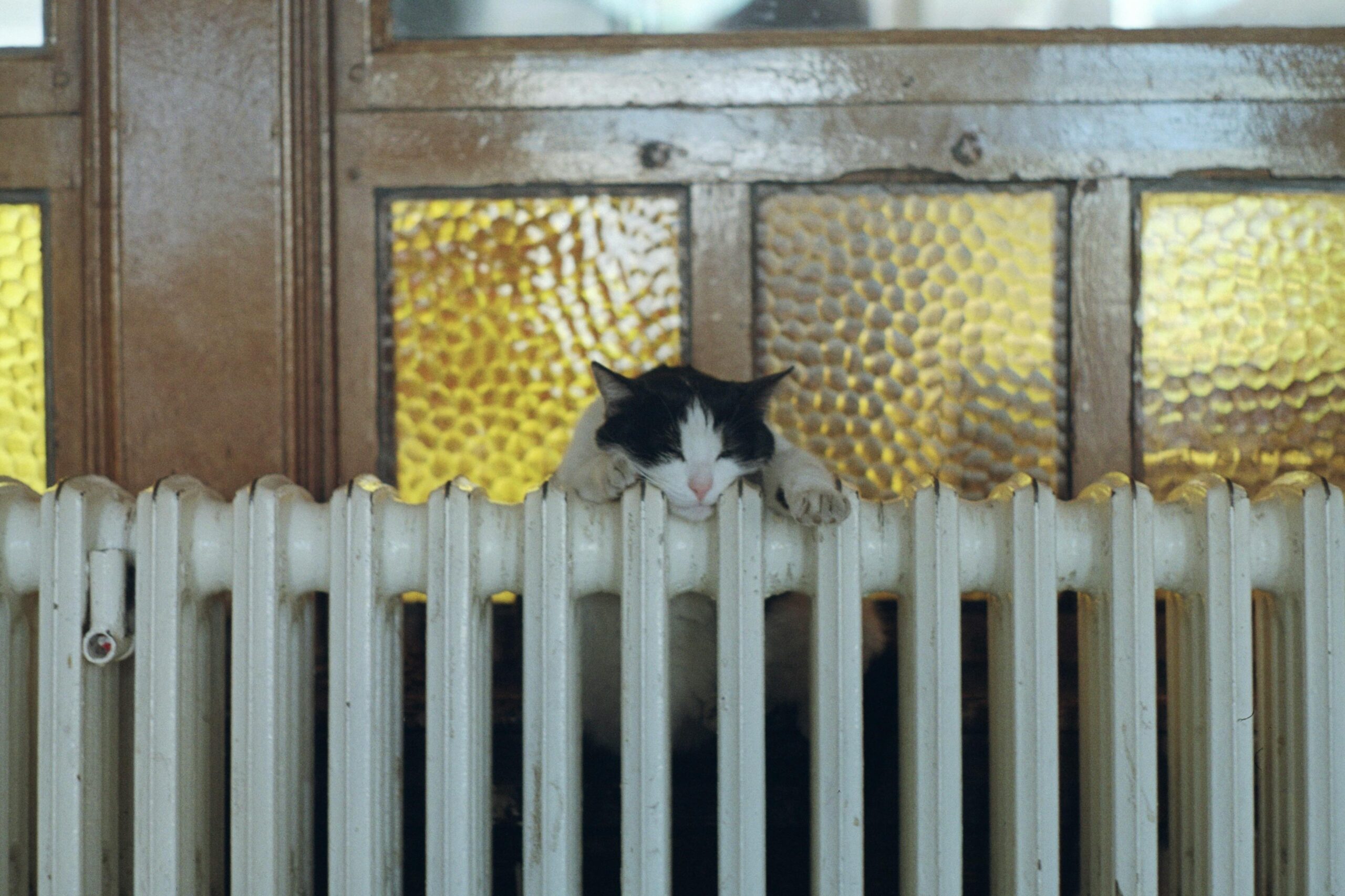Serving The Wasatch Front Area
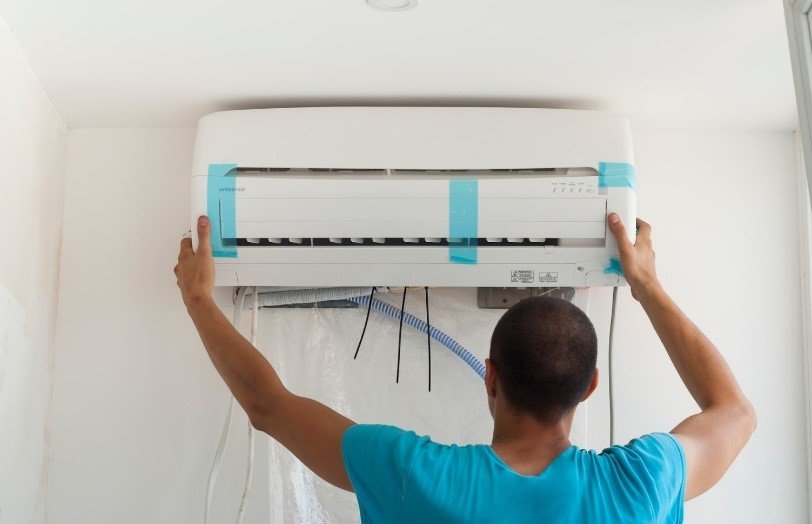
What Should You Know About Your HVAC Control Board?
September 23, 2020
Most homeowners are familiar with a
few critical parts of their furnace, such as the electric ignition or the air
filter. These crucial elements help your furnace to operate correctly and
efficiently, but they are simple components that are incapable of regulating
the operation of your home’s furnace on their own. Instead, they rely on the
control board to act as the brains of the unit.
Although any modern furnace should
include this element, many people may be unfamiliar with its function or the
signs of failure. Electronic components can be intimidating, but learning a bit
about your control board can help you understand when something has gone wrong.
Keep reading to discover how this lone circuit board helps keep you warm and
toasty as summer transitions into fall and winter.
Understanding the Many Roles of the
Control Board
Your control board serves several
purposes in your furnace and air handler unit. One of its primary functions is
to receive input from your thermostat and furnace sensors, make decisions based
on that data, and then distribute messages to other components in the system.
Without a properly functioning control board, elements such as your igniter may
never receive instructions to turn on.
The control board is more than just
a dumb relay, however. Furnace manufacturers design modern control boards to
monitor sensor input for signs of trouble. This role helps your furnace to
operate safely. For example, the control board can use data from the flame
sensor to prevent your gas valve from remaining open if the igniter has failed.
Additionally, the control board can
perform a similar function to the ECU in your car. Many control boards can
store error codes when a sensor reports erroneous data or sensor data indicates
a potential fault. In these cases, you can usually retrieve the error code by
checking a flashing LED on the control board against a list of possible errors
found in the furnace’s user manual.
Surprisingly, your control board is
even responsible for powering your home’s thermostats. A transformer inside
your furnace housing converts your home’s 120V
line voltage to 24V. This voltage then supplies the
control board, which distributes that power to each thermostat in your house.
Recognizing Common Control Board
Faults
Given its importance to the proper
functioning of your HVAC system, a faulty control board can lead to many
issues. If your control board is not receiving power or it fails to properly
output power, then your furnace may not function at all. A faulty control board
can also lead to issues at your thermostats.
In some cases, problems that seem to
originate with the control board are power faults. If the furnace’s transformer
fails, then it may not output the correct voltage to the transformer. Without
24V power at the control board, your furnace will not function. Likewise, your
furnace includes a fuse to protect the igniter and blower motor. If this fuse
blows, then your igniter and blower will not operate.
When the control board itself fails,
it’s typically due to an aging component on the board, such as a transistor or
relay. Although these components can withstand relatively high temperatures,
years of heating and cooling cycles can wear them out. Issues with your home’s
electrical wiring or even a clogged filter can sometimes result in excessive
wear on control board components.
Repairing a Faulty Control Board
If you can track a problem with your
control board down to a faulty transformer or fuse, then you can usually
replace these individual components to get your furnace working again. When the
failure is on the control board, replacing the whole board is typically the
only option. Since you will be dealing with delicate wires and household
voltage, you should trust this work to an HVAC professional.
Comfort Solutions can help you solve
any problem with your home’s HVAC system, including complicated control board
failures. Give us a call to schedule an appointment today or contact our team for your air conditioner emergency service needs.
Recent News
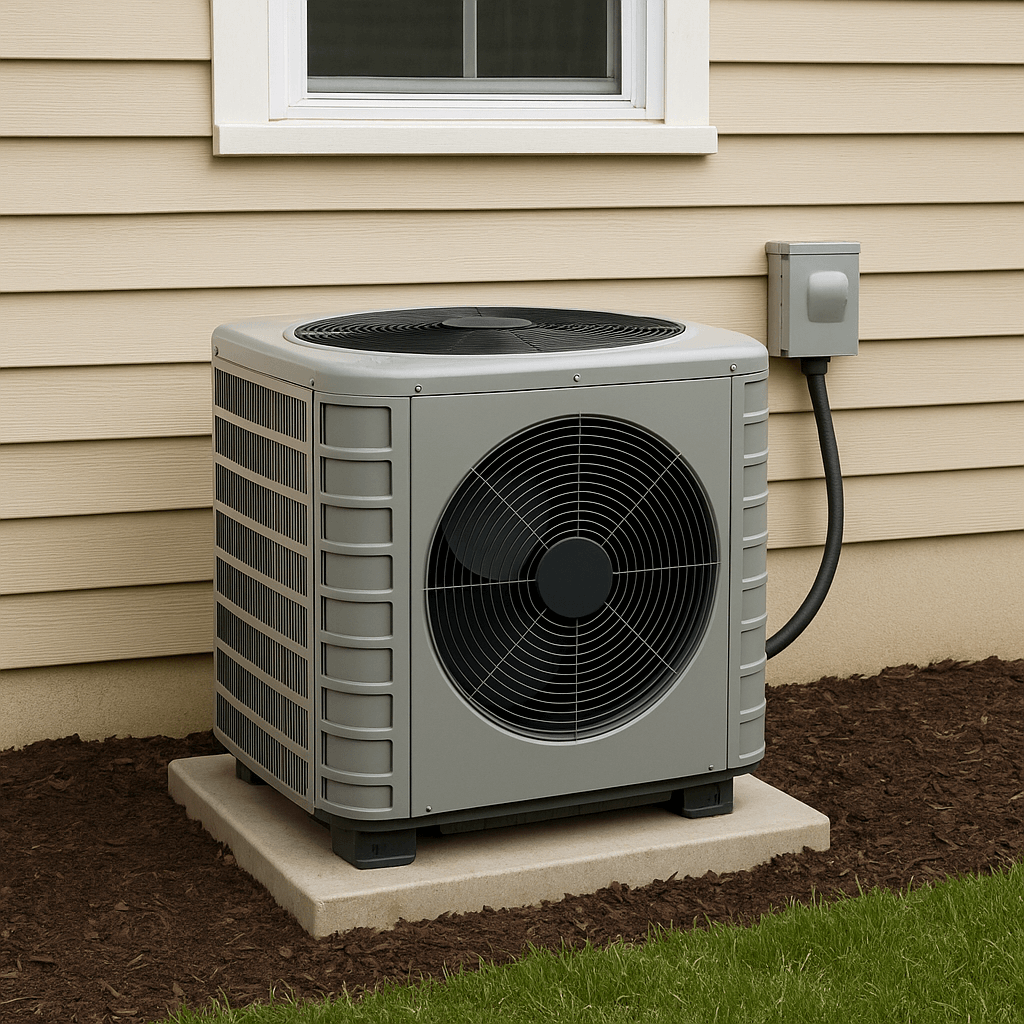
Common Air Conditioner Mistakes That Can Cause You Problems
May 29, 2025

How to Stay Cool During the Summer Heat
April 21, 2025
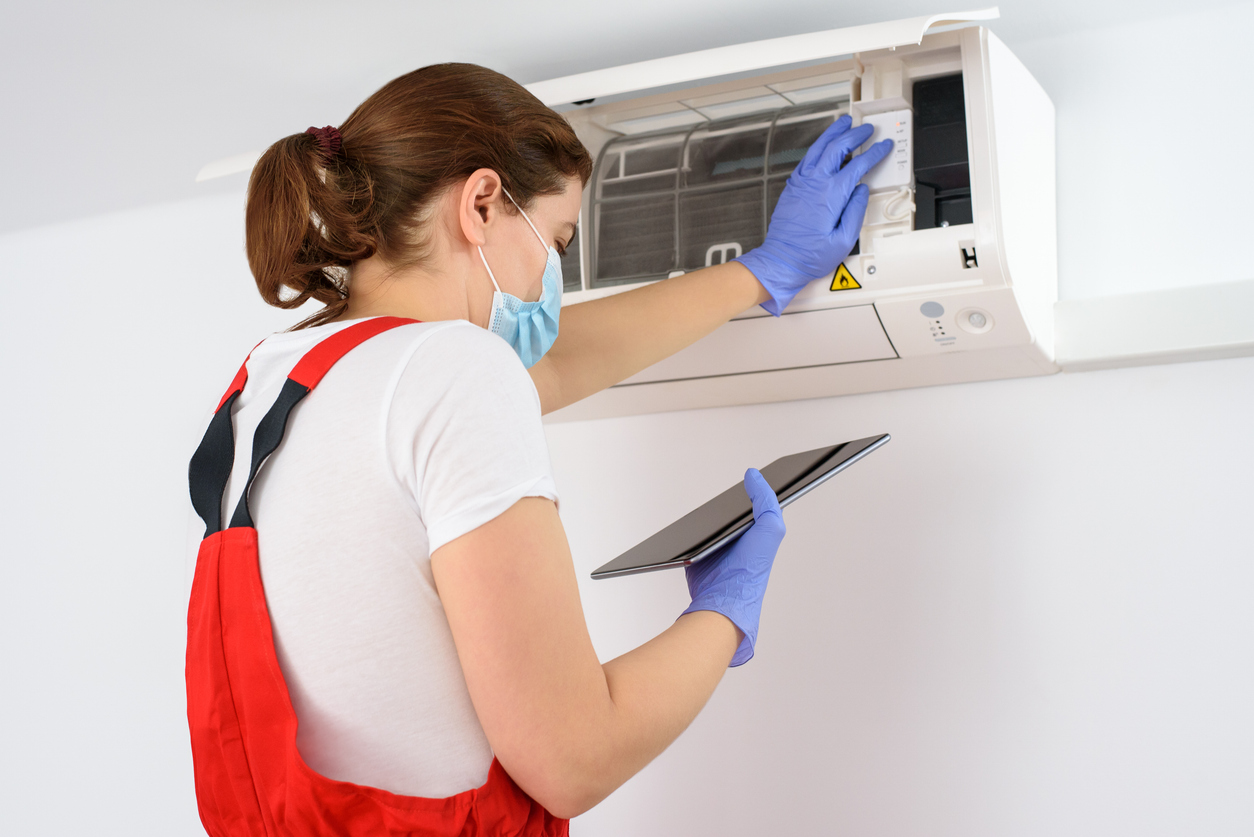
When to Upgrade Your AC Systems: Benefits & More
February 25, 2025

Why Remote Workers Should Upgrade Their HVAC
February 10, 2025
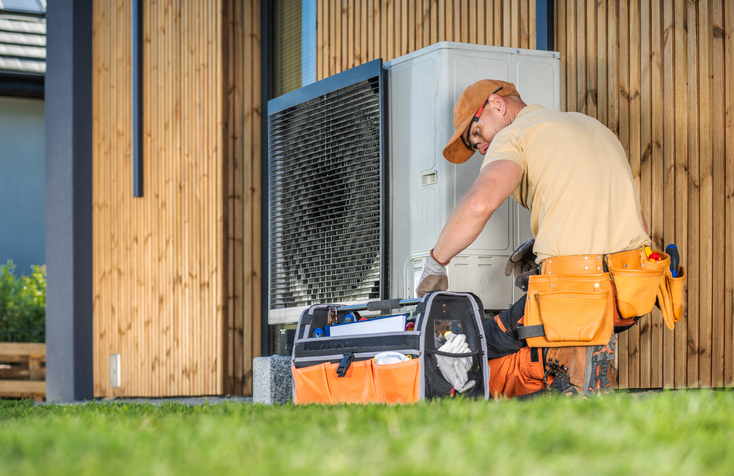
Common Home Heating, Furnace Repair & Replacement Myths
February 7, 2025
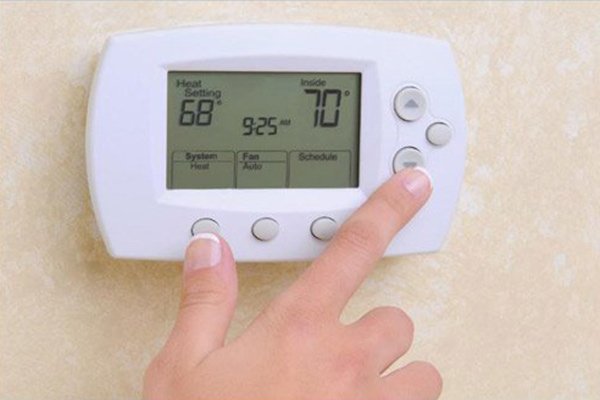
Keep Your Fireplace and HVAC Systems Running Strong All Winter
December 6, 2024
